Calcium Hydride
Calcium Hydride is a chemical compound mainly used as a desiccant or a drying agent. This grey powder reacts with water and releases hydrogen gas. All alkali metals and alkaline earth metals form saline hydrides. Calcium Hydride is an example of saline hydride crystallizing in the lead chloride (PbCl2) motif.
Calcium Hydride Identification
CAS number: 7789-78-8
PubChem: 105052
ChemSpider: 94784
EC number: 232-189-2
Calcium Hydride Preparation
This chemical compound can be produced by reacting calcium and hydrogen in a temperature between 300 and 400°C. Another way to prepare Calcium Hydride is to heat calcium chloride along with hydrogen and sodium metal. The reaction happens in the following way:
CaCl2 + H2 + 2 Na → CaH2 + 2 NaCl
In this reaction the calcium (Ca) and hydrogen (H) create a Calcium Hydride molecule while the sodium atoms create sodium chloride molecules along with chlorine.
Calcium Hydride can also be produced by reducing calcium oxide (CaO) with magnesium (Mg). The reaction is done in the presence of hydrogen. This reaction also produces magnesium oxide. Following is the formula for this chemical reaction:
CaO + Mg + H2 → CaH2 + MgO
Calcium Hydride Formula
The formula for this chemical compound is CaH2.
Calcium Hydride Properties
Here are some of the basic physical and chemical properties of this compound:
Appearance: This compound is white in its pure form; however, it usually appears as grey powder.
Odor: It is odorless.
Solubility: This powder reacts violently with water to produce hydrogen. It also reacts in alcohol.
Molar Mass: The molars mass of this material is 42.094 g/mol.
Specific Gravity: Its specific gravity is 1.9.
Melting Point: It has a melting point of 816 °C.
Density: Its density is 1.70 g/ cm3.
Calcium Hydride Uses
There are two main uses of this compound: one is as a desiccant while the other is for producing hydrogen.
Use of Calcium Hydride as a desiccant
It is a relatively mild desiccant. Due to this reason, using this compound as a desiccant is safer compared more reactive agents like sodium-potassium alloys and sodium metal. It reacts with water in the following way:
CaH2 + 2 H2O → Ca(OH)2 + 2 H2
The hydrolysis products of this reaction ̶ hydrogen (gas) and Ca(OH)2 (an aqueous mixture) ̶ can be separated from the chemical solvent following the process of filtration, distillation or decantation.
This chemical compound is an efficient desiccant for many basic solvents like amines and pyridine. It is sometimes used for pre-drying solvents before using more reactive desiccants.
Use of Calcium Hydride for Hydrogen Production
In the 1940s, this compound was available as a hydrogen source under the trade-name of “Hydrolith”. It has been used as a source of hydrogen for a very long time. It is still used for producing pure hydrogen in laboratories for various experiments.
Apart from these two uses, this powdered compound is also used as a strong reducing agent.
Disadvantages of Using Calcium Hydride
This chemical compound is often the preferred choice for drying agent; however, it also has some disadvantages:
- The drying action of this compound is slow as it is not soluble in any solvent with which it does not react violently.
- This powdered compound is incompatible with many solvents. Its reaction with chlorocarbons can even result in explosions.
- It cannot be used for deoxygenating solvents as it is unable to remove dissolved oxygen.
- Differentiating between Calcium Hydride and Calcium hydroxide is quite difficult because of their similar appearances.
Calcium Hydride Material Safety Data Sheet (MSDS)
This material is not inflammable. However, this powder can cause serious health hazards for humans if comes to direct contact.
Toxicology
It can cause severe irritation in case of direct contact with eyes and skin. Accidental inhalation and ingestion may also cause hazardous effects on human health.
First Aid Measures
Eye Contact: The victim should immediately remove any contact lenses and flush the eyes with plenty of water at least for 15 minutes. Immediate medical assistance is required.
Skin Contact: One should immediately wash the affected skin area with a disinfectant soap and lots of water and apply an anti-bacterial cream. The contaminated clothes and shoes should be removed and washed properly before re-use. It is important to seek immediate medical aid.
Inhalation: The victim should be removed to a well ventilated area. Oxygen and artificial respiration should be provided in case the victim is experiencing breathing difficulty. One should immediately seek medical attention.
Ingestion: It is not advisable to induce vomiting without proper medical direction in case of accidental ingestion. Any tight clothing like tie, belt and waistband should be loosened or removed. Getting immediate medical assistance is important.
Personal Safety Measure
Using NIOSH approved splash goggles, protective gloves, synthetic apron and dust respirators is important for proper personal protection.
Fire Fighting Measures
It is a non-flammable material. However, fire fighters should use proper fire fighting gear while extinguishing a fire around this chemical compound. It is never advisable to use water to extinguish a fire around Calcium Hydride as it will react violently with water producing hydrogen gas. Dry sand as well as compounds like sodium chloride and sodium carbonate can be used for this purpose.
Calcium Hydride Availability
There are numerous companies all over the world who supply this material. It is also available online at reasonable prices.
Calcium Hydride is highly useful in various industries as desiccant. It is counted among the most important hydrogen sources used for industrial and experimental purposes.
- References
- http://chemicalland21.com/industrialchem/IUH/CALCIUM%20HYDRIDE.htm
- https://ecat.fishersci.ca/%28S%28chq3ba45gaqnnd45w1icsbzn%29%29/ViewMSDS.aspx?cat=C94100
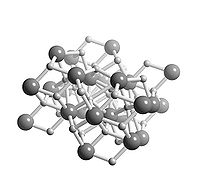
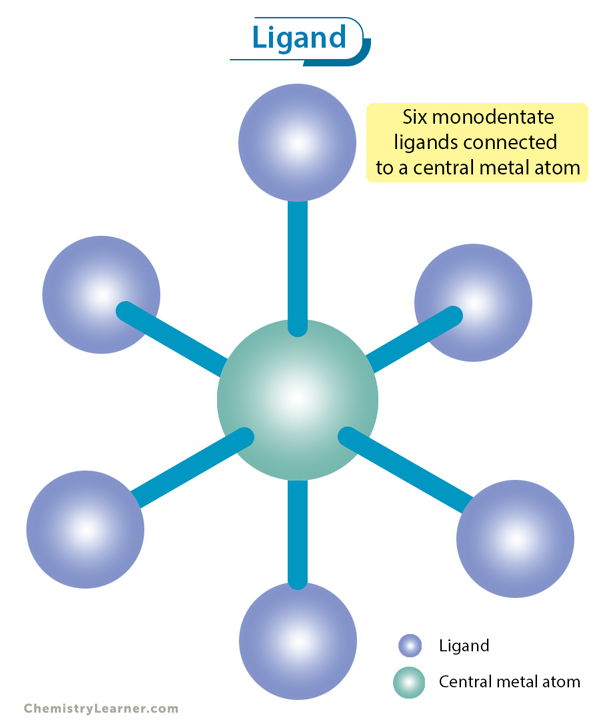
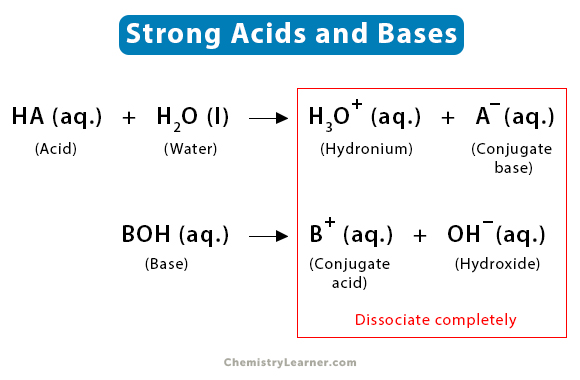
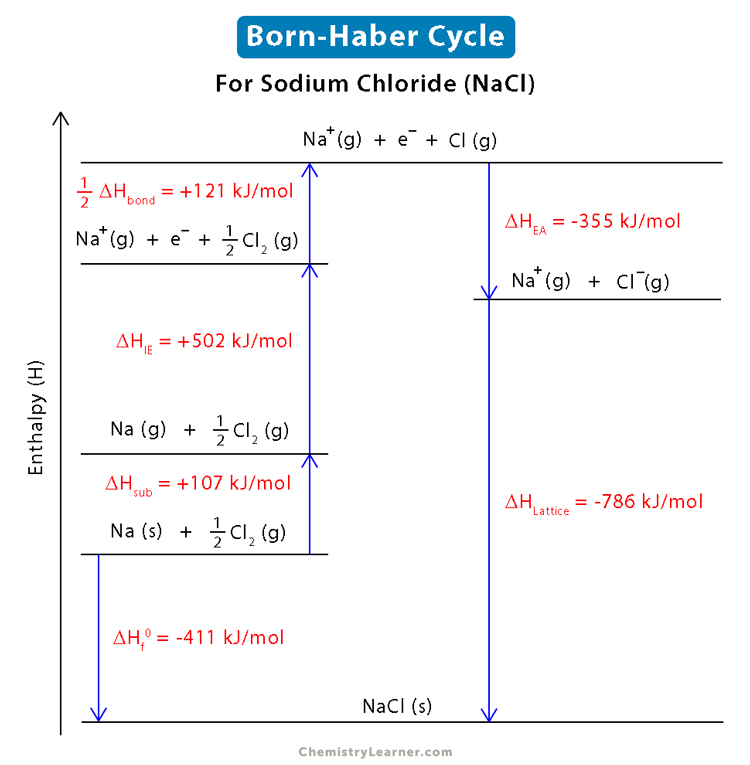
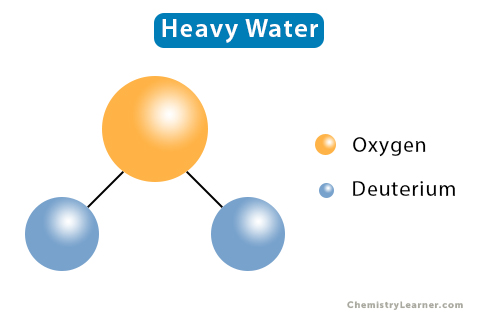
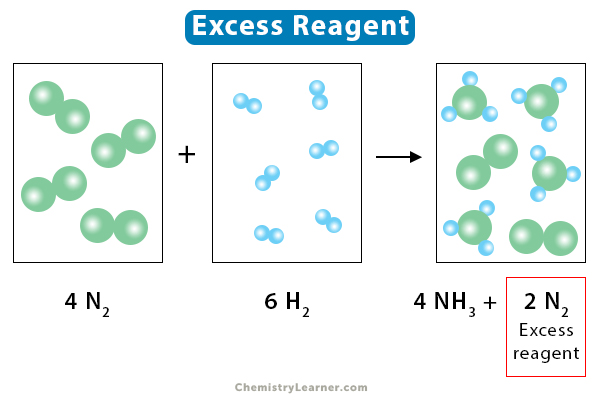
Would adding vinegar to water that had been dosed with CaH2 result in a salt? I need to reduce pH in an aquaponic system without killing plants, fish, or nitrifying bacteria.